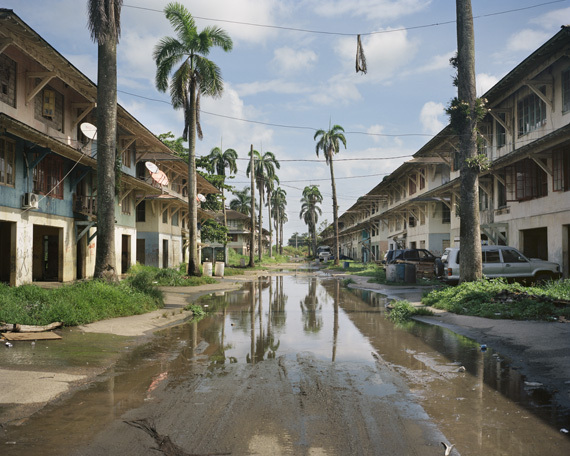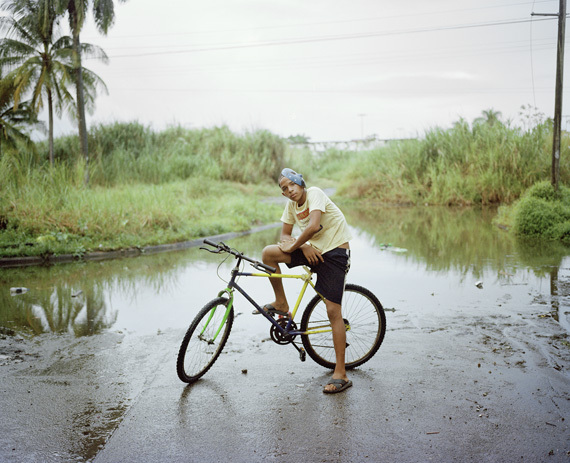The water rises and another ship - an oil tanker - passes through a set of giant steel gates. Thousands of people have gathered at the Miraflores viewing center in Panama City to celebrate the 100-year anniversary of the Panama Canal. As the oil tanker enters the locks, a band begins to play traditional campesino music, while women in heavy makeup and folkloric dress hand out small bottles of rum and cane liquor. It's a party. The crowd shouts, "Viva Panamá!" as the ship passes.
After decades of colonial rule by the United States, the canal is finally owned and operated by the Republic of Panama. "Mi canal," my canal, is one of the official slogans for the centennial celebration.
Residents of Panama, the city, have much to be thankful for this year: their small Central American nation has the fastest growing economy in the Americas; and the heart of commerce, the canal, is firmly in their control, expected to generate more than $2.5 billion in revenue for 2014.
But on the other side of the canal, in Colon, the mood is more sober. There are no state-sponsored celebrations; only protests. The Panamanian government of Ricardo Martinelli, which governed from 2009 to July of this year, seemed to forget that people live on both ends of the canal. While Panama City develops into a modern gateway of trade and commerce, residents of Colon are being pushed out of their homes to make way for shipping containers and huge warehouses.
The wealth of the canal is not being shared between its two principal cities. Panama City, home to the country's most powerful politicians and businessmen, receives the overwhelming majority of canal profits. Colon and its historic architecture meanwhile are crumbling. Panamanians in the rural interior are not seeing the benefits either. Nearly 40 percent of the country lives in poverty. The republic has some of the worst economic inequality in the Americas.
Panama is both a beautiful and tragic country. The roots of racism and exploitation, as old as the canal, still have a strong hold. The situation is particularly intense in the Caribbean city of Colon. As one frustrated resident explained, "Colon is a time bomb. We are tired of being mistreated."
Overlooking the city's main port is a neighborhood that exemplifies the struggle in Colon. The community of Coco Solo, the site of a former U.S. naval base and the birthplace of Senator John McCain, is today a squatter community surrounded by shipping containers.
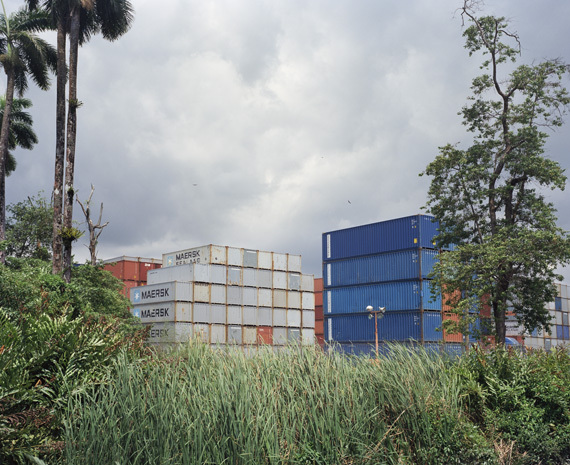
The trees and mangrove estuaries of the Coco Solo area are being bulldozed to make way for the expanding port.
When Panamanians first moved to Coco Solo in the 1980s they had access to a nearby beach, an athletic field, and regular bus service. Things looked good. But since the year 2000, when the government decided to expand port facilities, the community of Coco Solo has been literally squeezed out of its home.
The government sold the land from underneath the community to a group of multinational shipping companies. Soon after, Coco Solo residents lost access to the beach when Evergreen Marine Corporation built a high-security fence between their homes and the ocean. The community protested, but outside of the neighborhood no one paid much attention. "The ocean is the property of no one," one Coco Solo leader told me, "but they didn't listen." Within months of the fence's construction, came huge holding tanks for oil. Coco Solo's green space disappeared.
From the community's makeshift educational center, you could hit the first row of oil tanks with a small rock.
State officials promised to make up for the community's loss by building a new neighborhood, far from the ocean. The houses, though, have never been finished. The Martinelli government stopped paying the construction company in the middle of the project. Half the community of Coco Solo, as a result, continues to live in the shadow of the expanding port. The question now is whether the new government of Juan Carlos Varela, which came into office this past July, will do any better and fulfill its promise to complete the project.
The wealth and engines of global capitalism surround Coco Solo - caterpillar tractors, massive shipping containers, and monstrous oil tanks eating up the view and clean air. And in the end, the people who live here receive few, if any, of the benefits. A small group of Coco Solo residents have low paid, and more often than not unreliable employment, as unskilled labor in the port. But none of it is enough to escape poverty. Instead, neighborhood residents and especially the youth are called "maleantes" (rude-boys), and are routinely harassed by the police.
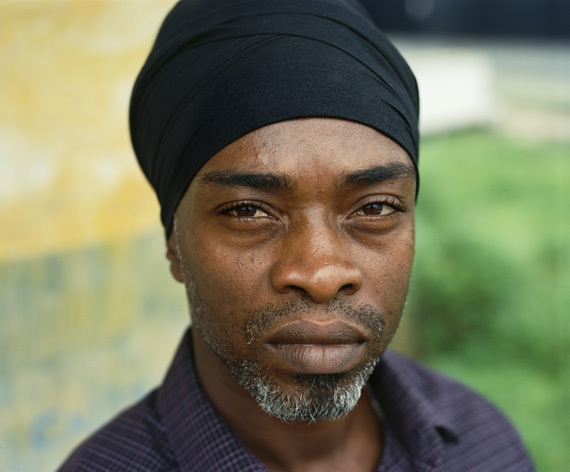
Pastor Michael Brown is the Director of Cambio Creativo, an education program serving at-risk youth in Colon.
But who is the real criminal in this case? The young people of color who refuse to obey a corrupt system, or the government who sells the people's land and beaches to foreign corporations?
A handful of non-governmental organizations in Colon are confronting these difficult circumstances. Frente Amplio (Broad Front) has organized widespread protests in Colon against government policies; the Catholic Church has played an important role helping the city's poor. And on a smaller scale in Coco Solo, a small non-profit, Cambio Creativo (Creative Change), provides students with afterschool classes in the arts and sciences. But if the situation is really going to improve, it will require more coordinated action and many more people mobilized.
The inequality that still exists in Panama, 100 years after the completion of the canal, is not a problem easily contained by national borders. This is not an exotic tale of distant poverty. The products we buy, adore, and consume in the United States pass through communities like Coco Solo in Colon. Their stories and their sufferings are also part of us. If we want to change the next 100 years for the better, we must change not only our patterns of consumption, but also how we understand and engage in collective political action, at home and abroad.
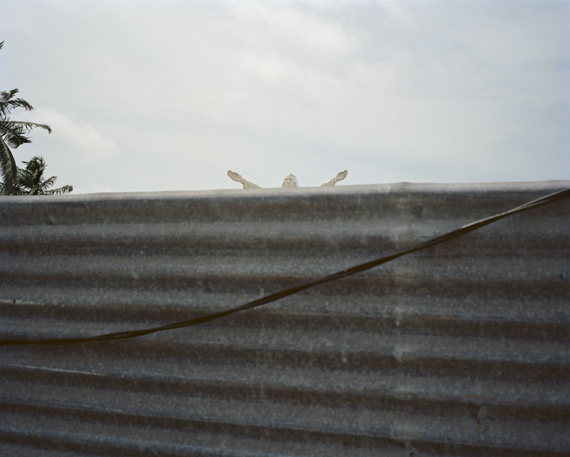
The Martinelli government began a restoration project for Colon's seaside park, but never finished it. The park is still closed to the public.
Note: Both the author and photographer volunteer for Cambio Creativo and other like-minded NGOs in Panama and the United States. We encourage you to also get involved.

